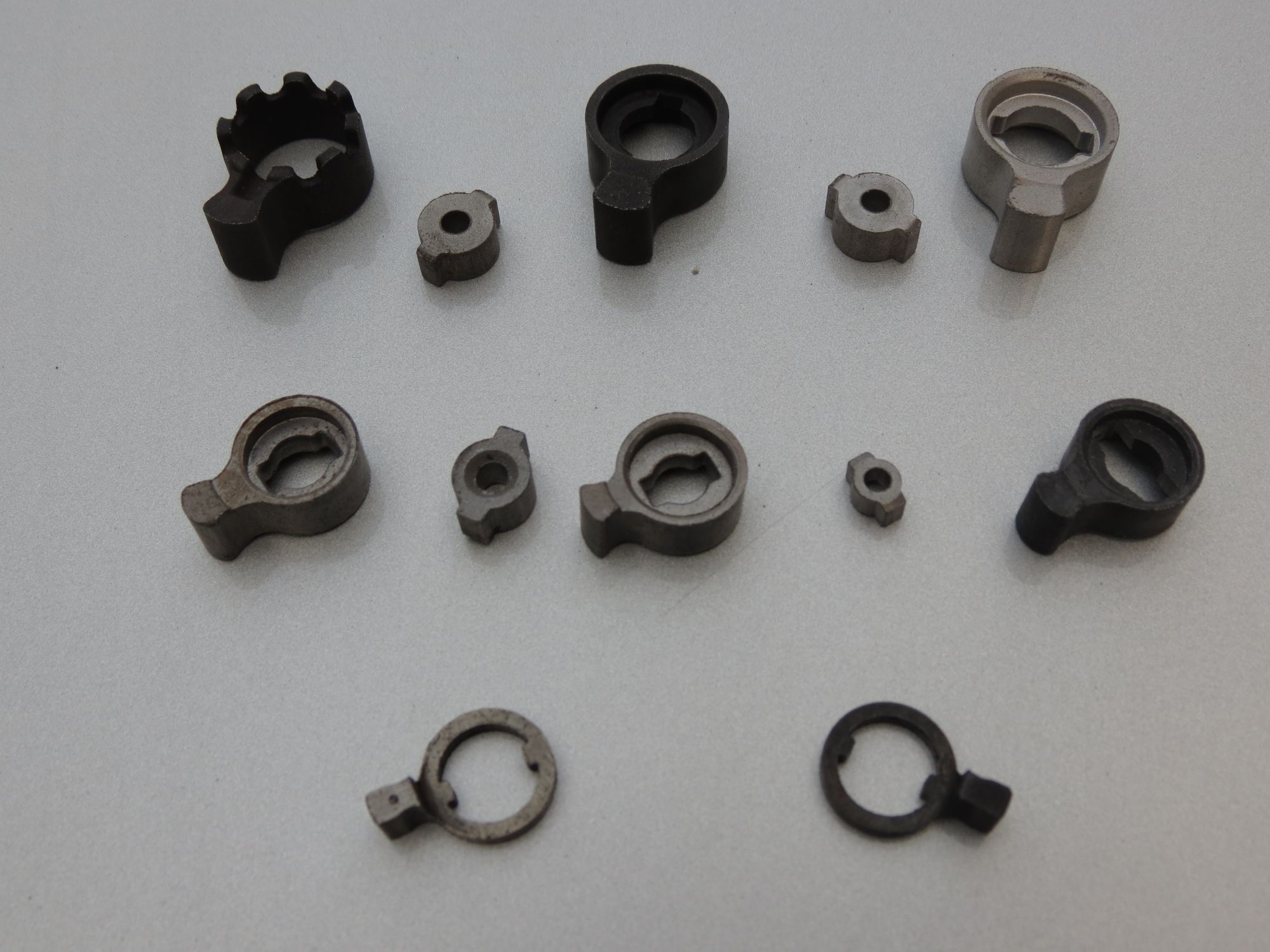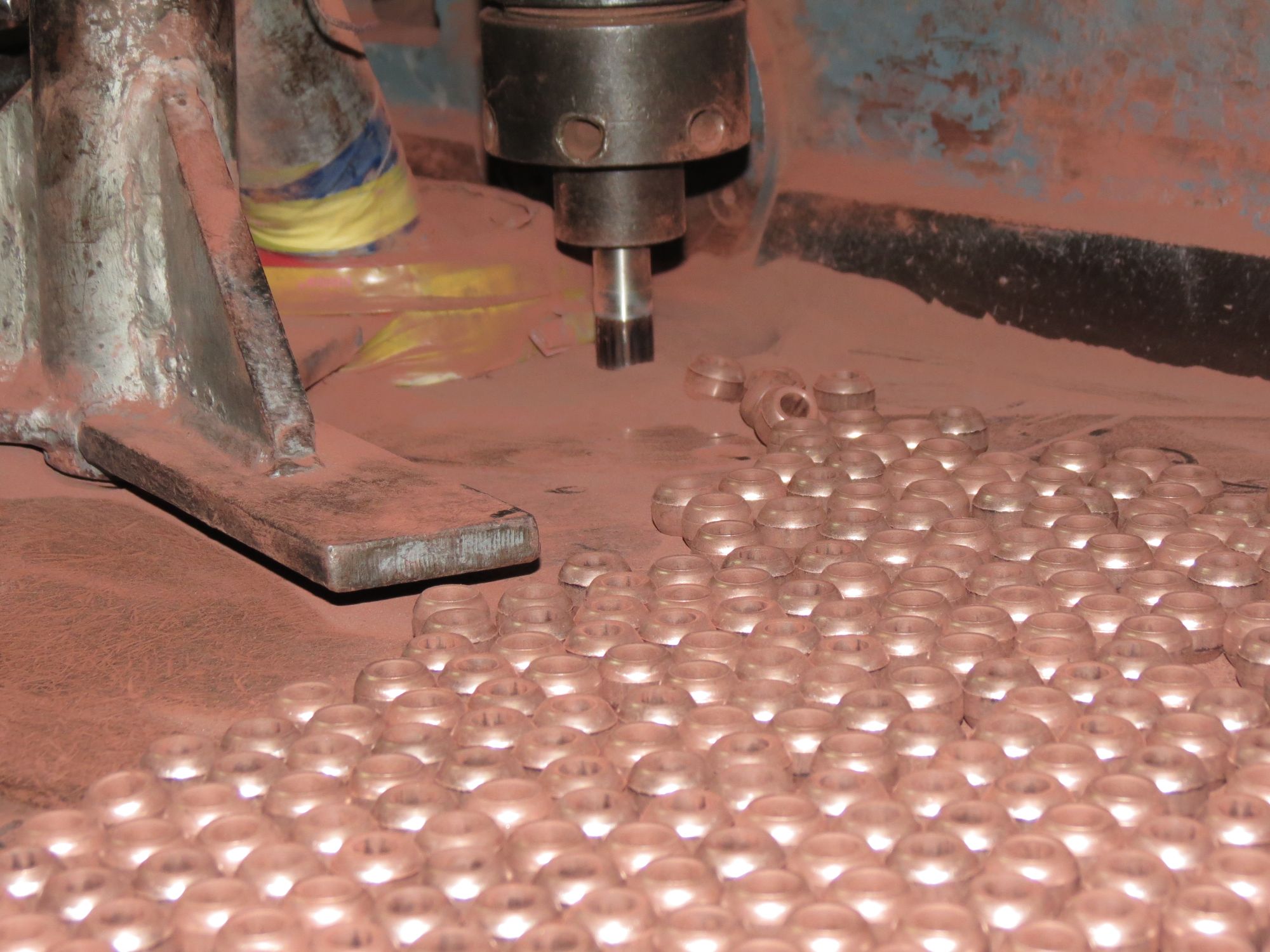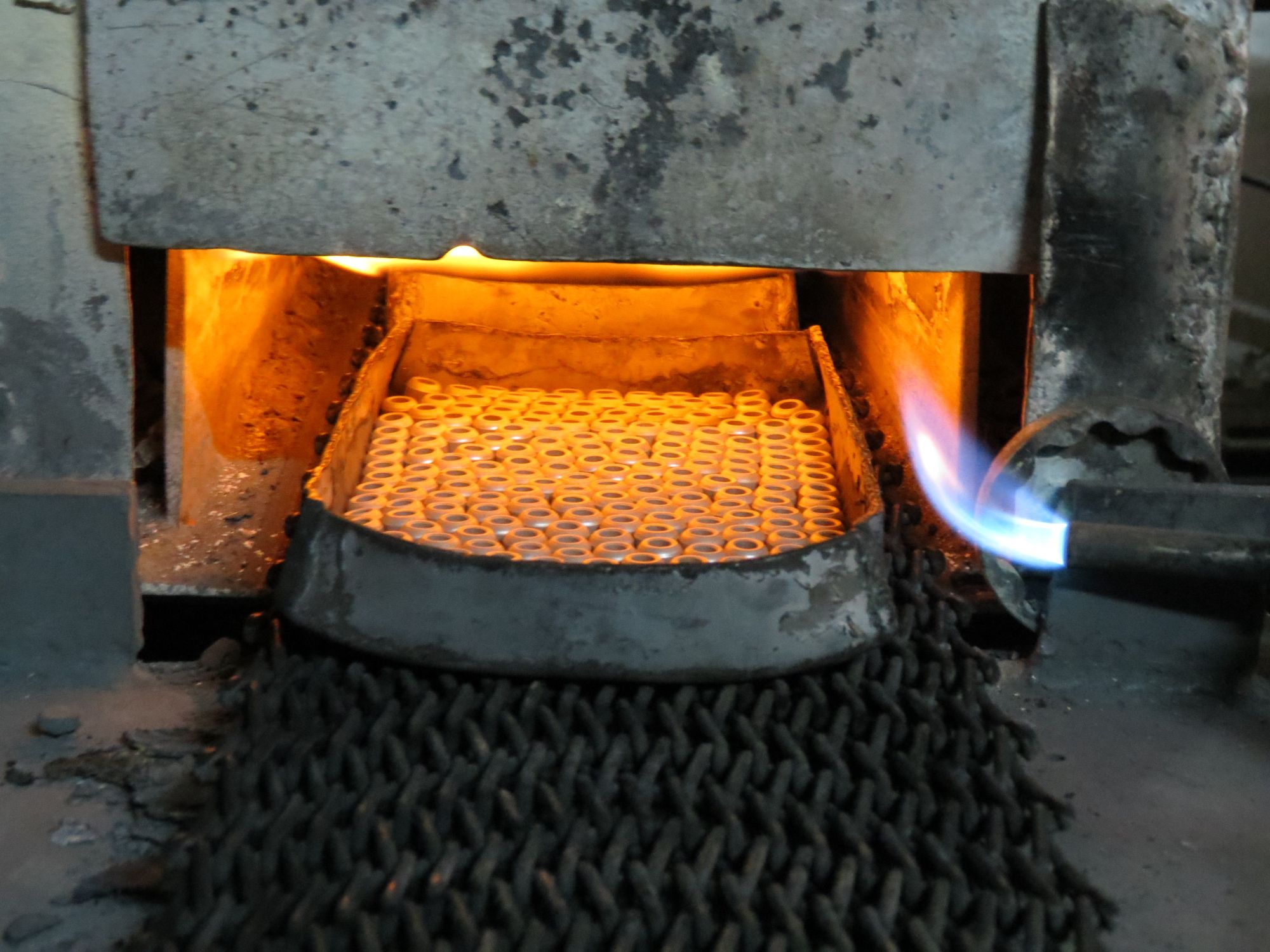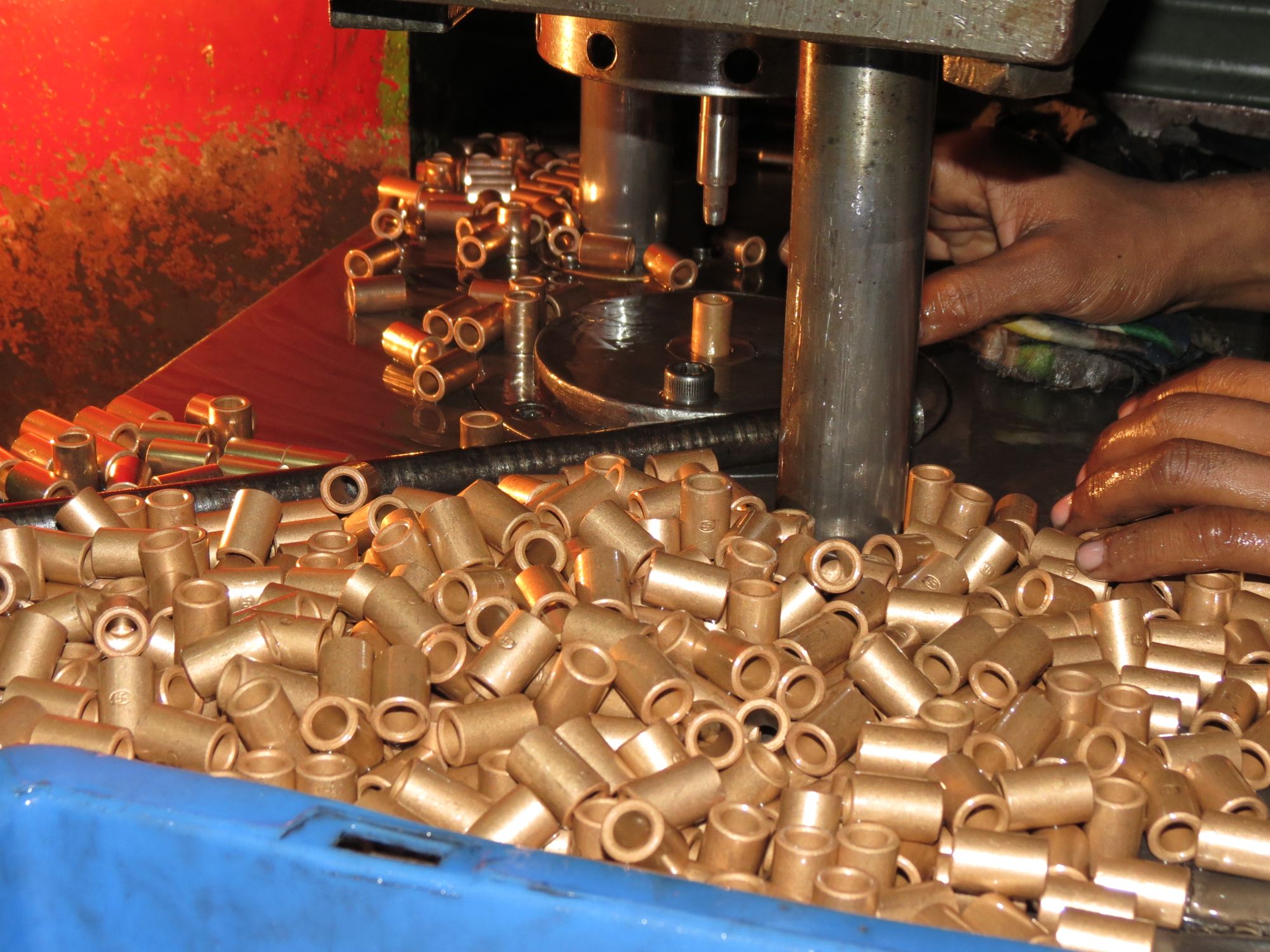Production Process
Powder metallurgy (P/M) takes a metal powder with specific attributes of size, shape, and packing, and then converts it into a strong, precise, high performance shape. Key steps include the shaping or compaction of the
powder and the subsequent thermal bonding of the particles by sintering. The process effectively uses automated operations with low relative energy consumption, high material utilization, and low capital costs. An important
benefit of P/M is the ability to fabricate high quality, complex parts to close tolerances in an economical manner.
These characteristic make P/M well aligned with current concerns about productivity, energy
and raw materials. Subsequently, the field is experiencing growth and replacing some traditional metal-forming operations. Further, powder metallurgy is a flexible manufacturing process capable of delivering a wide
range of new materials, microstructures, and properties. That creates several unique niche applications for P/M such as wear resistant composites.
Advantages of Powder Metallurgy
- Applicability to all classes of materials
- Relatively low processing temperatures
- Attainment of highly homogeneous and uniform microstructures
- Ability to create composites, mixed phases, and nonequilibrium metastable and microcrystalline structures
- Production of precision parts with close tolerances
- High-volume production rates, because the process is amenable to automation
- Absence of finishing operations like machining and grinding
- Efficient use of materials resources.

Process Of Powder Metallurgy
Blending and mixing : They are carried out to achieve uniformity of the product manufactured. Distribution of properly sized particles is attained
by mixing elementary powder with alloy powders to obtain a homogeneous mixture.
Compacting : The cavity of the die is filled with
a specified quantity of blended powder, necessary pressure is applied, and then the compacted part is ejected.
Sintering : Changes
occur during sintering, including changes in size, configuration, and the nature of pores. Sintering operation ensures that powder particles are bonded strongly and that better alloying is achieved.
Sizing : It is repressing the sintered component in the die to achieve the required accuracy by the use of Hard Metal tool elements.


